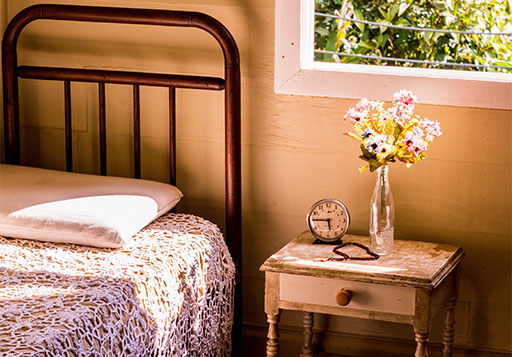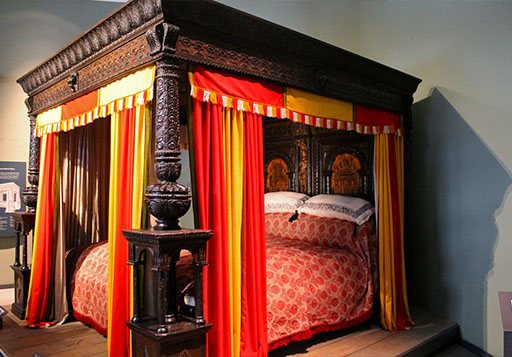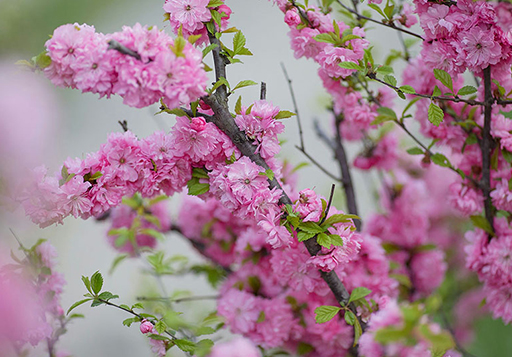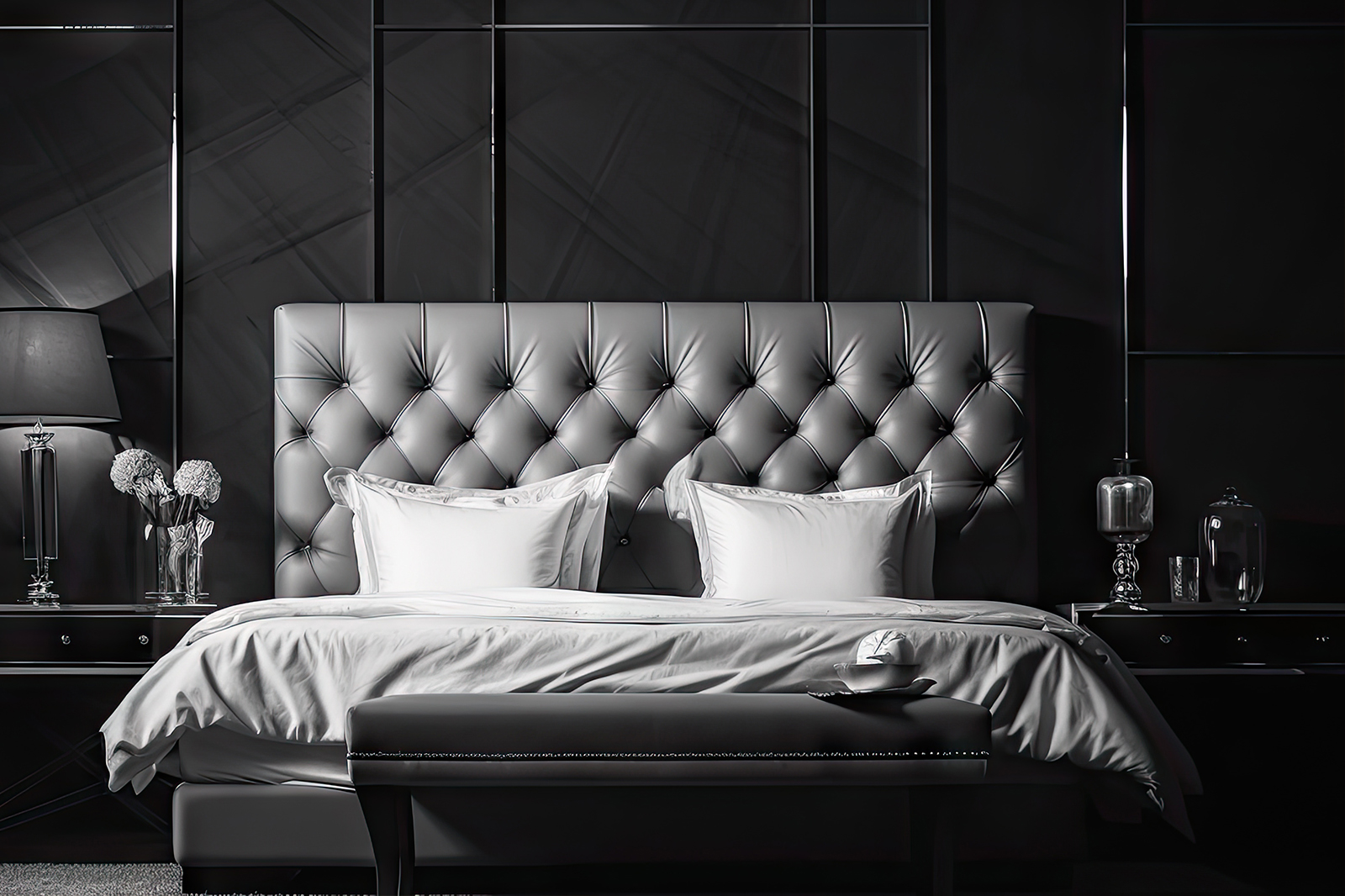From Straw to Springs: A History Of Beds

Author: Jonathan Warren

Beds, a place we spend a third of our lives lying, sleeping or just relaxing. They have been a comfort spot for generations and for generations to come. The question is, where did the idea for the bed come from and how did we go from a pile of leaves to the modernised beds we have today. So where did it start?
Early Beginnings
From the earliest of time, sleep has been a pivotal part of surviving. However, our ancestors didn't have the option of ottoman or poster beds but instead found rest on leaves, grass or even animal skins from the animals we hunted for food. As time moved on so did we, we started to elevate our beds to provide protection from pests, also allowing our ancestors to getting cold by the draughts and dampness within their homes. The earliest bed we have so far known to discover is grass bedding 227,000 years ago in a cave in South Africa, preserved by the dry conditions, according to NewScientist.
Ancient Times
In Ancient Egypt, an elevated bed was seen as a way to show a high social status, even having the earliest signs of a headrest for comfort. The coming of the Roman times, our craftsmanship skills had improved with the use of tools. They had started to use wooden bed frames with a straw feeling, increasing comfort from the previous, much simpler grass or animal skin beds from the primitive times. Again, the richer persons beds were much more elaborate bed styles, such as metal frames and even carvings which again was to show a level of social status and opulence.
A Bed Fit For A Royal
Progressing into the Medieval Times, the poster bed came into existence. A new bed space that gave room for canopies and curtains to be hung around the bed frame allowing for privacy and also keeping the warm in the room as sadly AC wasn't a thing back then! These were very fancy bed frames with personalised carvings, pleasing many kings, queens and other rich people. This had carried onto the Renaissance Era, with the presence of new materials allowing the creators to turn sleeping quarters into art and sophistication, expressing richness and the importance of a change in culture during one of the biggest moments of Medieval History, which now has carved the arts and love for culture we know today.
Victorian and 20th Century Innovations
The 19th and 20th Century pushed for new innovations and ideas on how we sleep. In the Victorian times, iron and brass bed frames became as popular as the poster beds seen in previous eras, again due to its association with wealth and social power. Then came the 20th century - the century that has seen more progression technologically and scientifically than any before it. A new century came with a new bed style, the sleigh bed. A beautiful and stylish bed frame with its unique style. Its scrolled look, became and has even stayed as a popular statement in the modern day home.
Contemporary Comforts
The modern day bed, compared to the first or the first we know of, has come a long way. Beds went from grass to a bed that allows us to watch TV and store items all in the same space. Contemporary trends like ottoman beds and day beds have gained widespread popularity, prioritising space and practicality in mind.
That is just the start, with the fast pace of new technology and the smarts of those creating the ideas, who knows what we could be sleeping on in 100 years time. It's crazy to think that we have come from the simplicity of leaves to the stylish and practical sofa beds and TV beds we see today. It's amazing to see how our beds have evolved in step with human progress.



